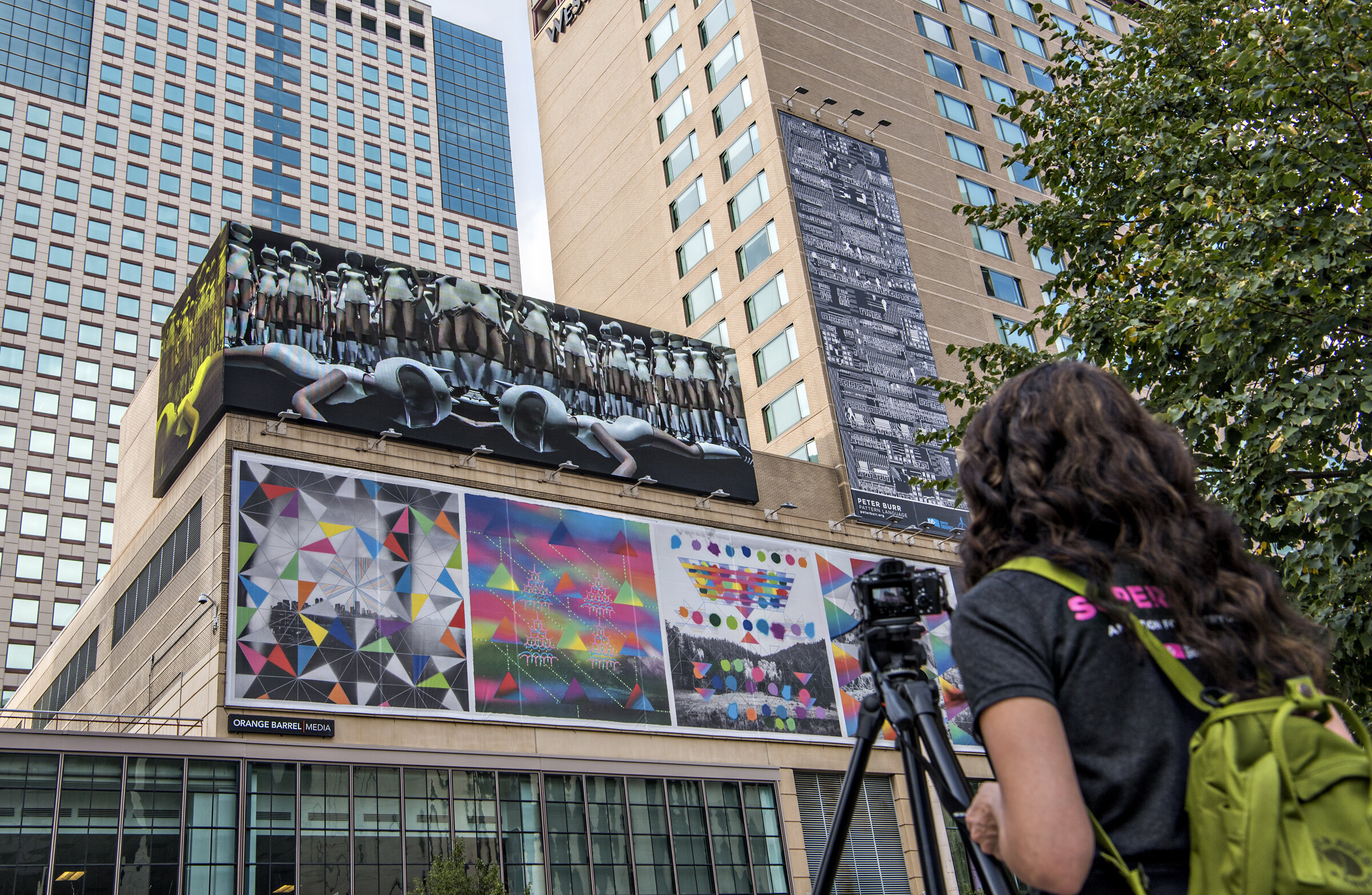Indexical is dedicated to experimentation in music. Indexical engages the public in radical and unfamiliar work through performance, publication, documentation, educational initiatives, and discussion. We work with historically, culturally, and institutionally underrepresented artists and build community through long-term collaborative projects.[1]
Indexical has presented concerts since 2011, beginning in a converted chapel in Brooklyn and relocating in 2015 to Santa Cruz, California. Since moving to Santa Cruz, Indexical has presented over 75 performances, artist talks, participatory workshops, and large-scale public art events.[1]
In 2018, Indexical formed a 501c3 nonprofit organization with the intention of creating a permanent home for experimental music and art in Santa Cruz. In 2021, Indexical opened a brick-and-mortar venue and gallery space at the Tannery Arts Center in Santa Cruz, and projects hosting upwards of 40 performances over the coming season.[1]
Indexical’s programming is supported in part by the Vincent J. Coates Foundation, the Aaron Copland Fund for Music, the Arts Council of Santa Cruz County, the WHH Foundation, The Alice M. Ditson Fund of Columbia University, the City of Santa Cruz and the Santa Cruz Arts Commission, as well as over 60 individual donors.[1]

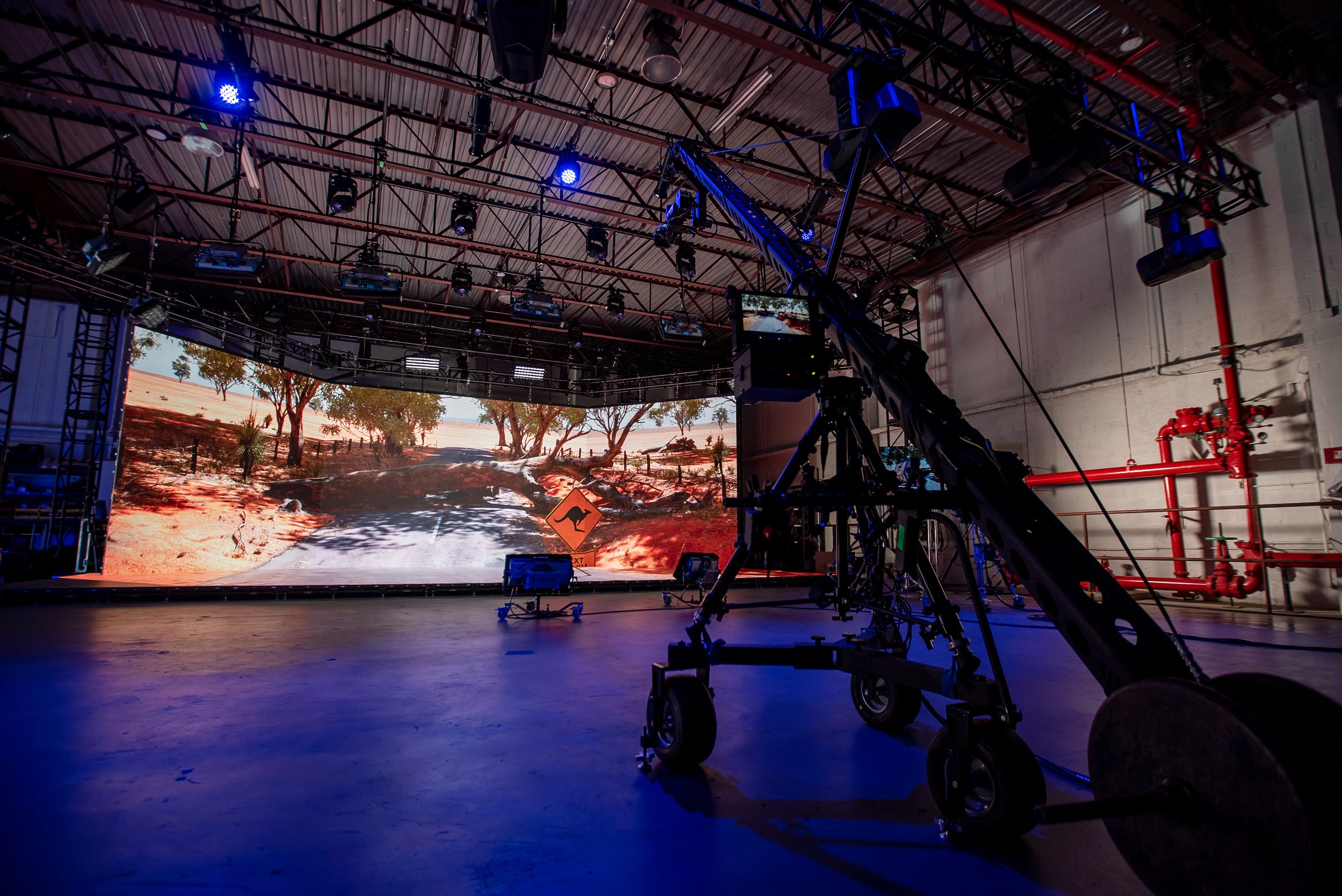
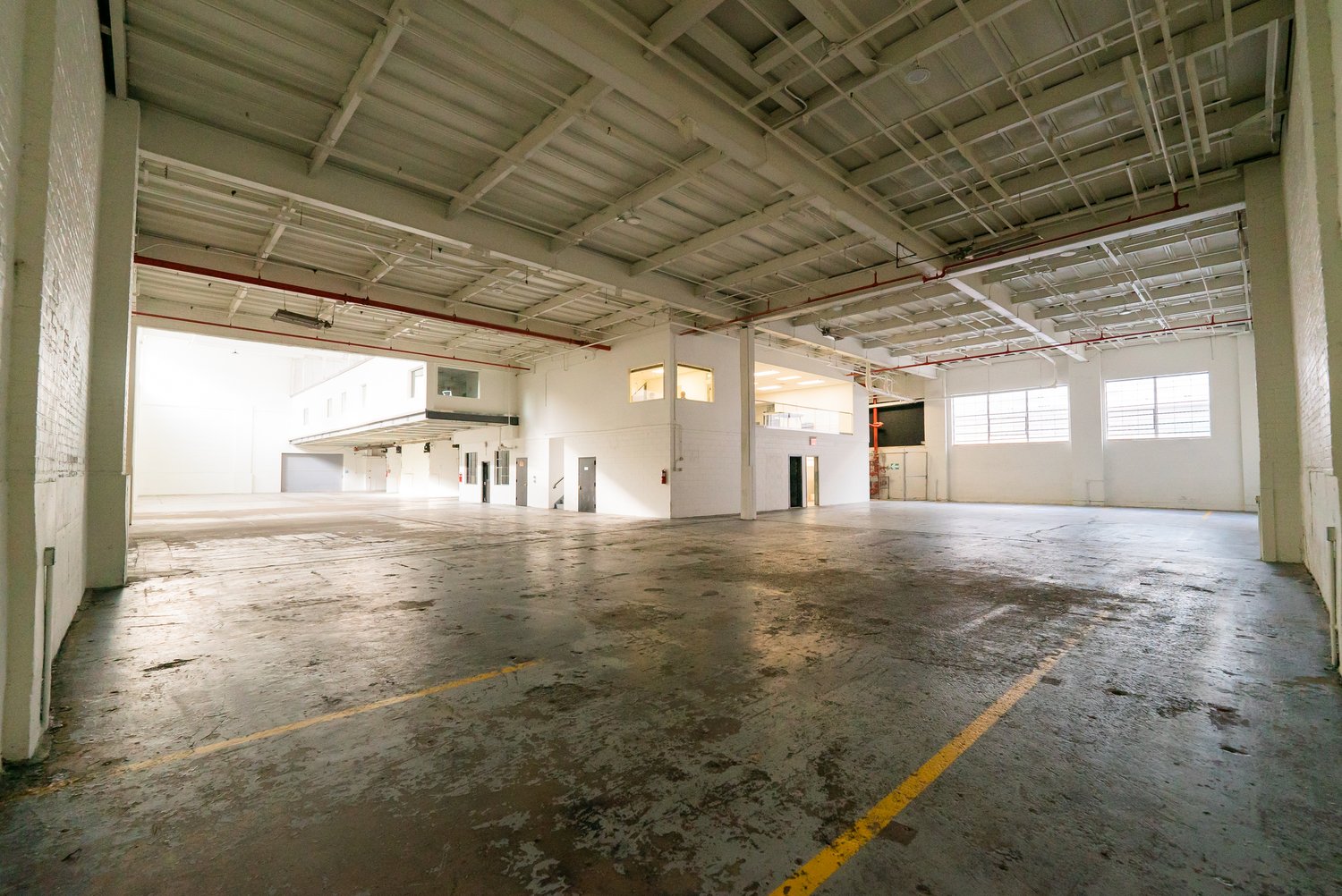
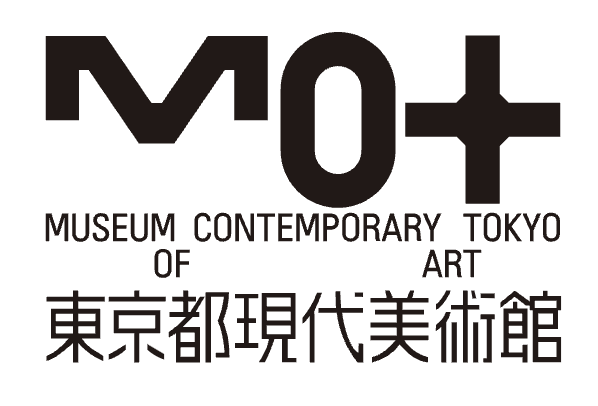



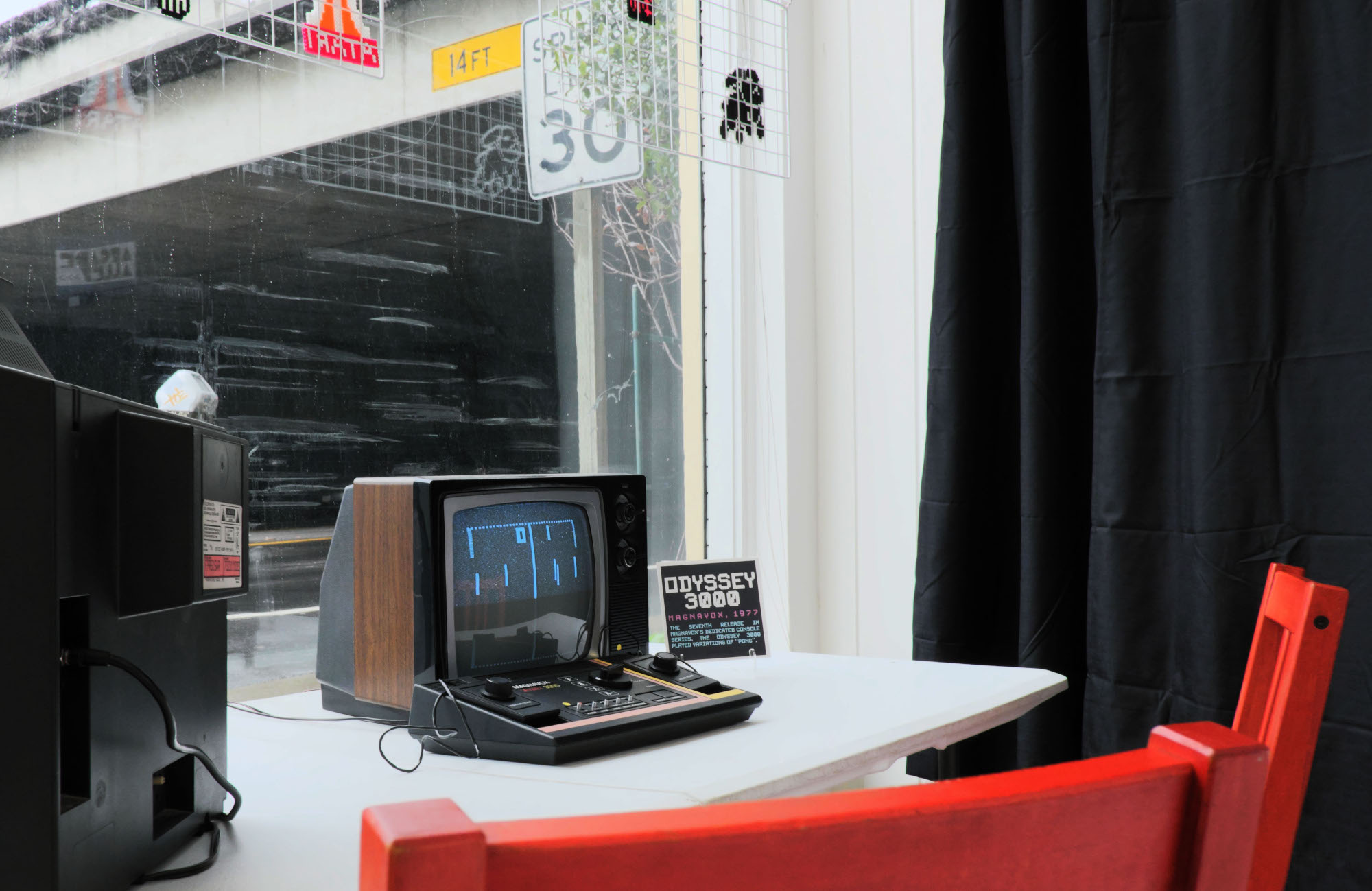


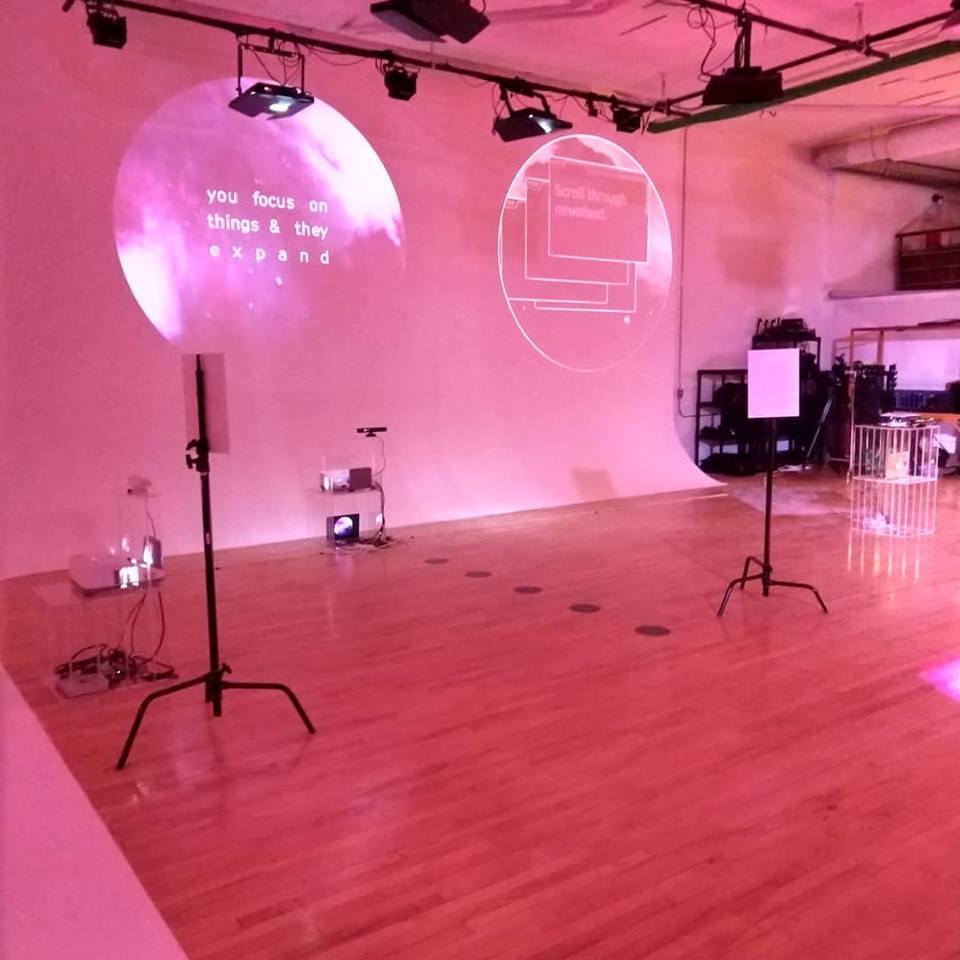

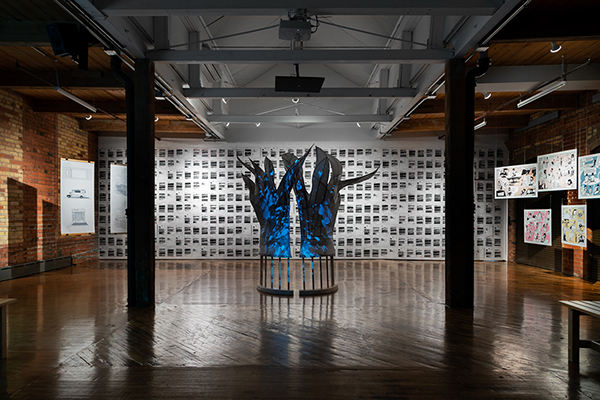

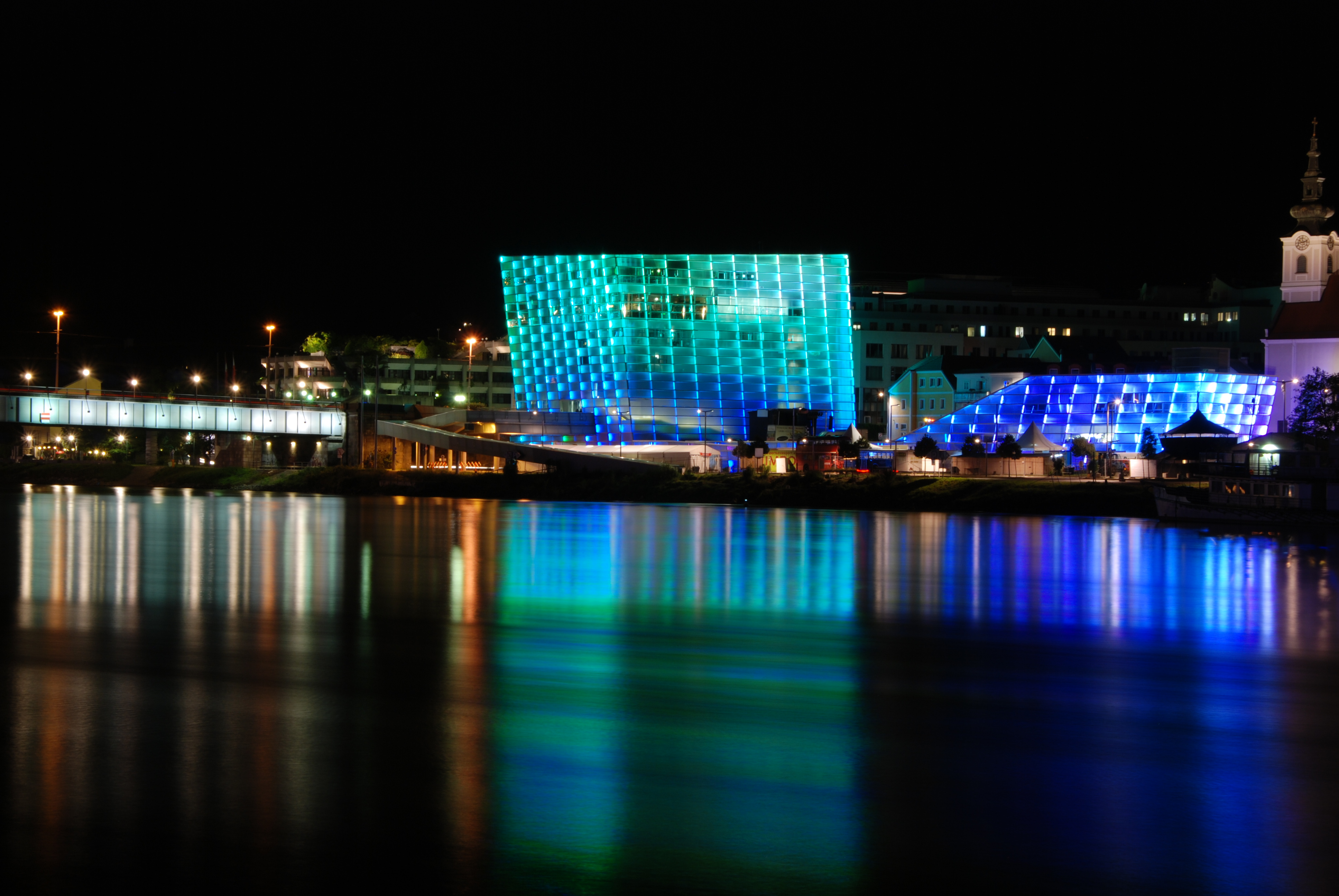
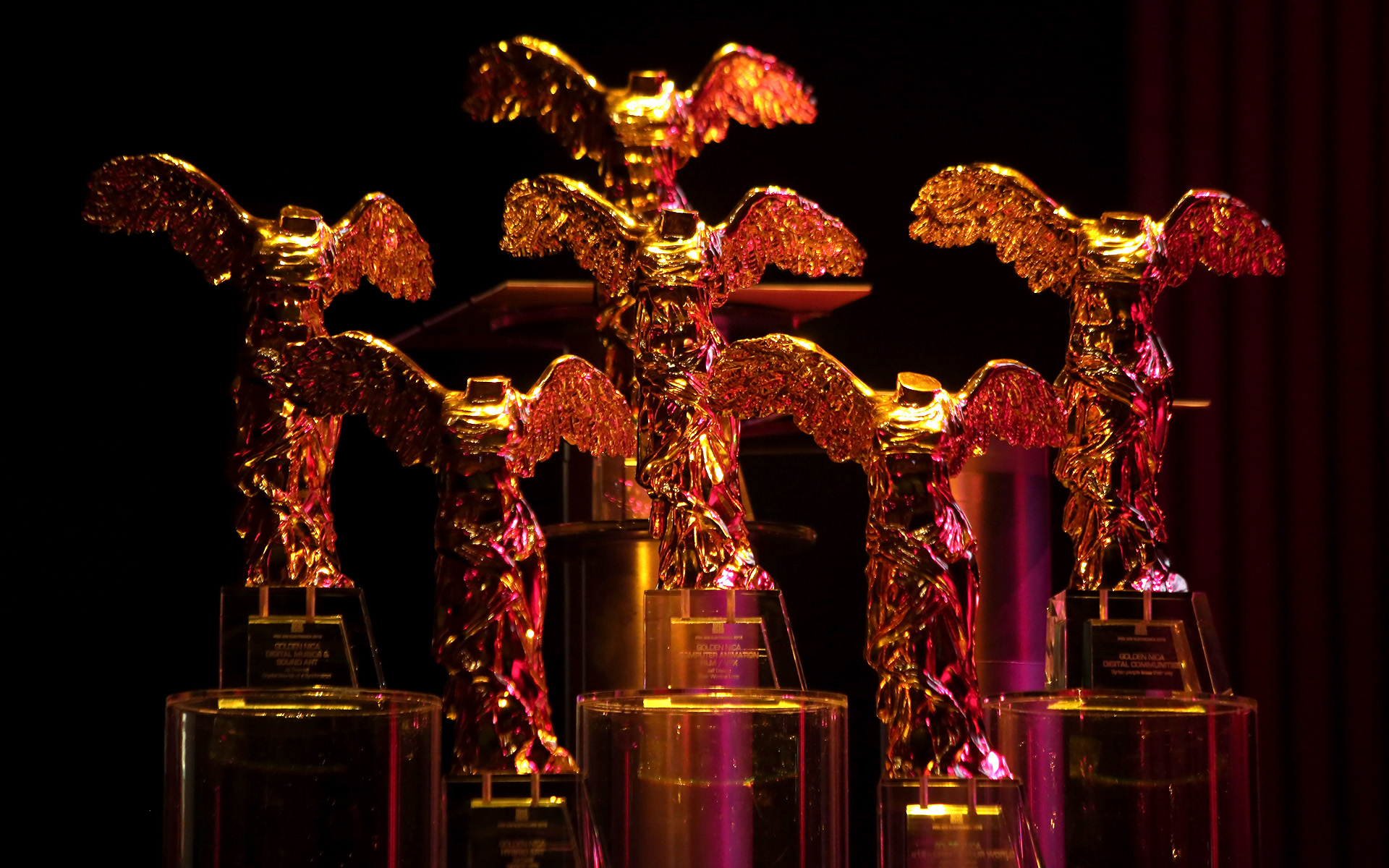
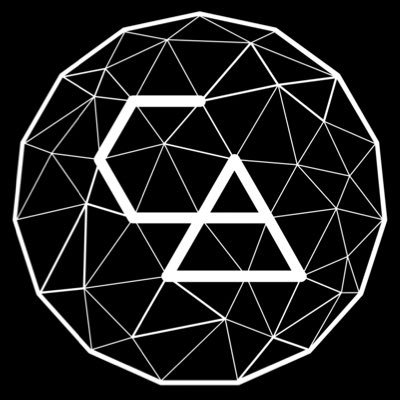
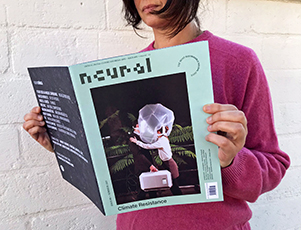
.png)
